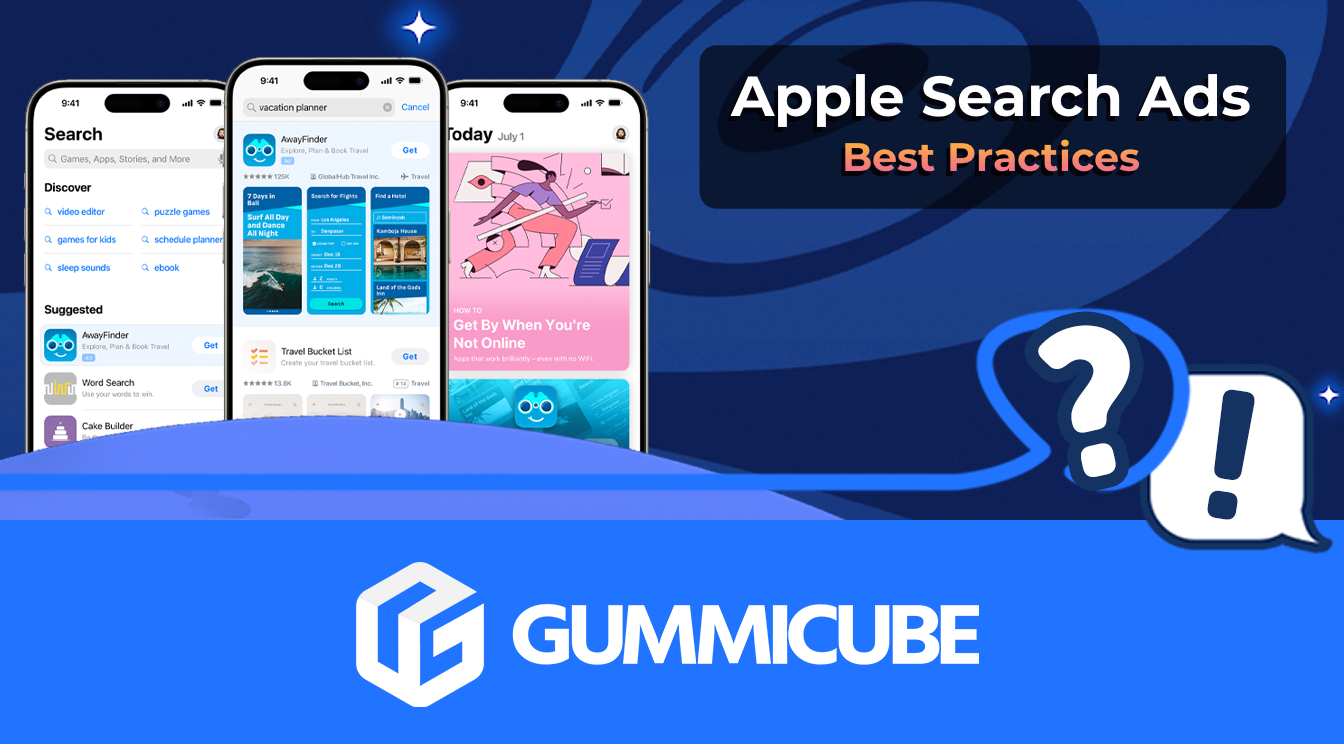
5 Best Practices for Apple Search Ads
Posted on July 3rd, 2024
Are you leveraging Apple Search Ads the right way? Take a look at these recommendations to optimize your paid campaigns and target the right users.
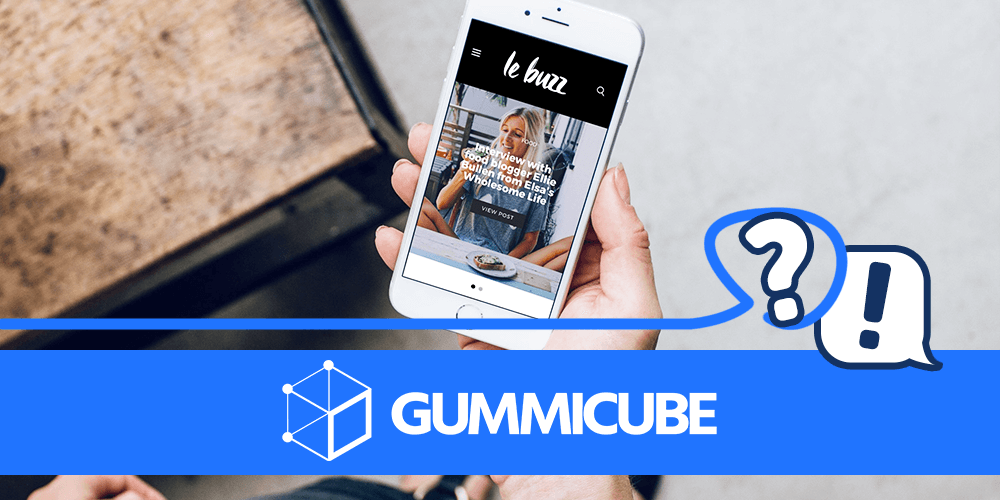
Say what you will about millennials, but no one can deny that they are making waves in the offices of digital marketers around the globe, forever shifting the landscape of online advertising. As they continue to be the largest generational group on social media, companies are finding new and innovative ways to advertise to them. In light of this, influencer marketing has become increasingly more popular year after year, dating back to the mere conception of social media. In fact, 71% of consumers are more likely to make a purchase based on a social media promotion, and apps are no exception to this strategy. Looking at App Store Optimization (ASO), paid search, and email marketing, is it worth allocating those extra marketing dollars into yet another user acquisition channel for your app? Research has shown that influencer marketing is rated as one of the fastest growing online customer-acquisition channels. This success rate isn’t unwarranted - there’s a reason why the popularity of this strategy only continues to grow. So why is social influencer marketing so effective and how can it impact your app’s visibility? User Trust While social media ads can be wildly effective and drive in visibility and downloads, influencer marketing is perceived as a more organic approach. Users tend to trust promotions by social influencers more than paid advertisements, because:
Due to this pre-established trust between the user and the individual behind the account, you are also more likely to attract superior users. 51% of marketers even report that they believe their influencer marketing campaigns appeal to better customers. Acquiring quality users means that the time they spend on your app is more lucrative and can even boost overall ROI. In fact, businesses make about $6.50 for every dollar spent on influencer marketing according to the same study from Tomoson. However, in order for a campaign to be successful, there are several key components developers should keep in mind.
When choosing a social promoter, it is imperative that you research who you decide to reach out to. The relevancy of the account can make or break your campaign. The best part about promoting your app with a social influencer is that they have already built a brand around the audience you are looking to target. It is just a matter of ensuring that the influencer appeals to the same group. Some questions you can ask yourself before researching are:
For example, if you are promoting a fitness app, you could consider reaching out to bodybuilders, healthy food gurus, or even a passionate practitioner of yoga, as their audiences will most likely place a high value on health and could benefit from using a fitness app. 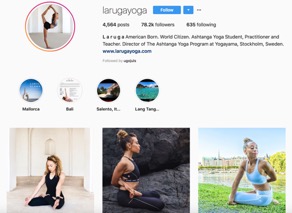 However, the level of engagement an influencer receives on their posts is just as important as its relevancy to the app. An engaged audience is vital to a post’s success. Engagement, Engagement, Engagement
However, the level of engagement an influencer receives on their posts is just as important as its relevancy to the app. An engaged audience is vital to a post’s success. Engagement, Engagement, Engagement
When choosing the right person to promote your app, be sure they are both relevant and have a proper amount of engagement on their posts. Upon first glance, most might assume that the number of followers an influencer has is the most important factor to consider, but they couldn’t be more wrong. Marketers should instead pay close attention to the ratio of likes, comments or views a post receives across all channels in relation to how many followers they have. This determines how responsive their audience is and whether they will deliver a return on investment. In fact, it has been proven that micro-influencers and macro-influencers see higher engagement rates than mega-influencers. Mega-Influencers Mega-Influencers are essentially the celebrity endorsements of social media. In order to officially qualify as a mega-influencer, the account must have over one million followers. However, even though they have a larger following, they only drive in a 2% to 5% engagement rate on average. While every brand is different, hiring a mega-influencer to promote your app is only recommended if you have the budget that allows for it and if their audience truly mirrors your target demographic. Since their audience isn’t as highly engaged, you are essentially paying them for their reach and their resources. This isn’t necessarily a bad thing, but something that should be taken into consideration if hiring a mega-influencer is on the table. Micro-Influencers and Macro-Influencers Micro-influencers are those with a social media following anywhere from 500 to 10,000 users with a very loyal fan base, while macro-influencers typically see 10,000 to one million followers. Studies have even shown that accounts with fewer than 2,000 followers have a 151% higher engagement rate than bigger names with millions of followers. These high engagement rates are due to the very specific niche audiences that they are deeply connected to. This in turn leads to higher user trust and engagement rates since the influencers are so accessible and relatable.
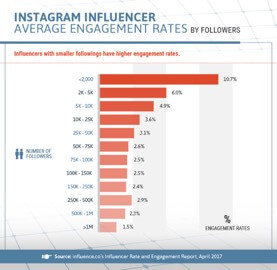
This type of influencer might be a wise option for indie apps or even those who are still trying to build awareness around their app, as micro-influencers are typically more affordable with a better ROI. In addition to that, they have already built a brand around the target demographic you are looking to advertise to—and have their followers’ full trust.
In the end, every app has a unique audience that will respond differently to the various user acquisition channels to choose from. However, apps can benefit immensely from a smart and strategic influencer marketing campaign to boost organic rankings and visibility. Not only that, but you might even pick up some lifetime users along the way too.

Are you leveraging Apple Search Ads the right way? Take a look at these recommendations to optimize your paid campaigns and target the right users.
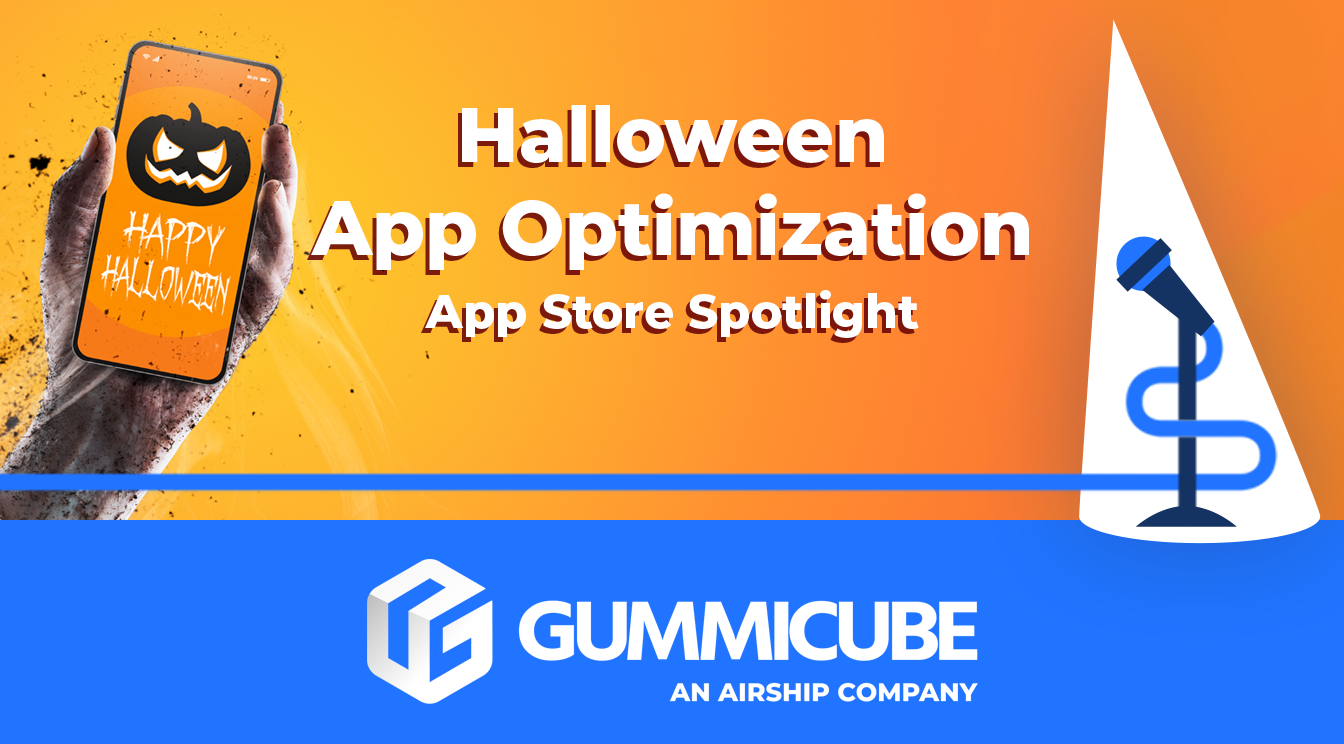
Ghostly happenings are among us... and in your app listing too? If you aren't leveraging the power of app seasonality to make relevant tweaks to your store listing you're leaving precious engagement and conversions on the table.
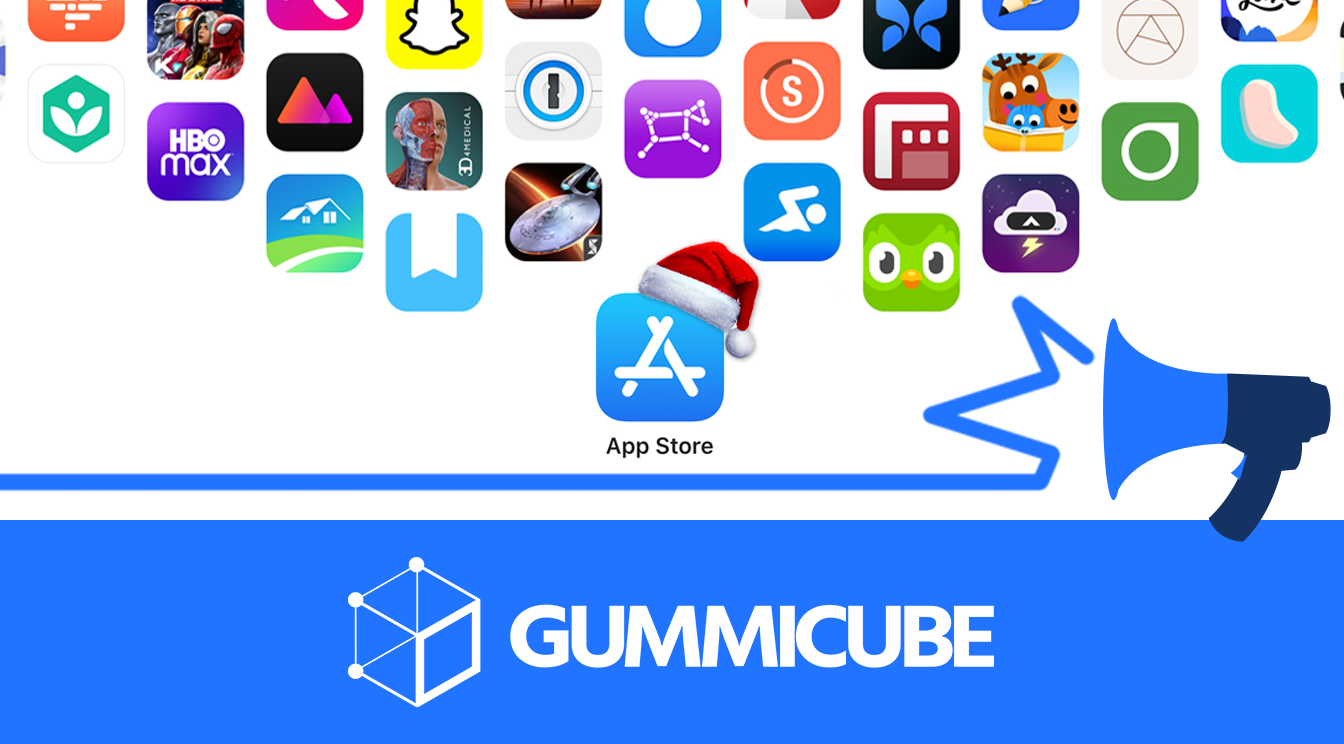
Developers on the iOS App Store should plan in advance of the upcoming Holiday Schedule to allow enough time for apps to get approved during the busy holidays.